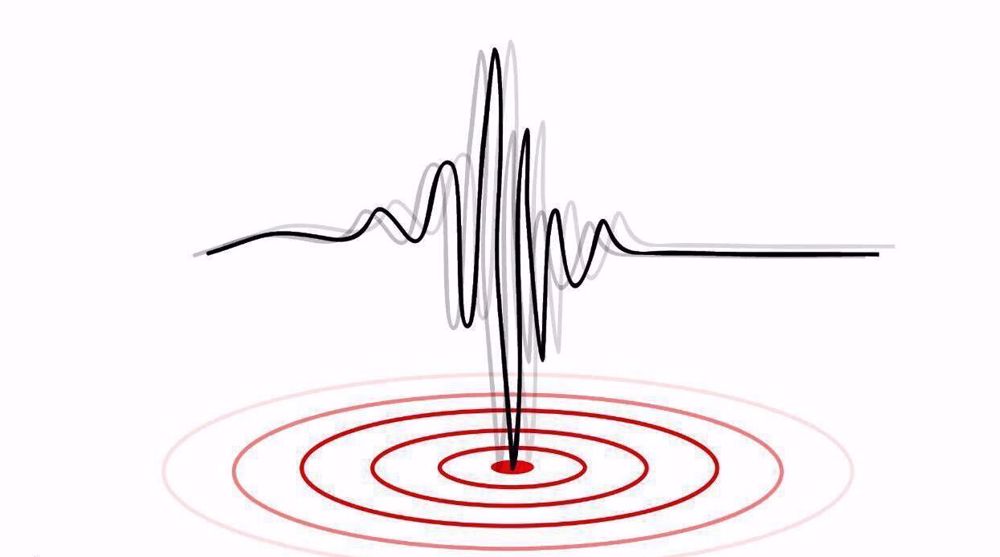When Apollo 11 took us to Moon
Forty-seven years ago today, humans for the first time managed to step on their nearest celestial body and the Earth’s sole natural satellite, Moon, a landmark achievement in the heydays of the Space Race, which came over a decade after the first man-made object orbited our cosmic home and more than two decades after we had the first-ever view of our Earth from a vantage point.
On July 20, the NASA’s Apollo 11 became the first manned-spaceflight ever landed humans on the Moon. Some six hours later, on July 21, 1969, the American astronaut Neil Armstrong stepped on the lunar surface from the Apollo Lunar Module (LM) and uttered, “That's one small step for a man, one giant leap for mankind,” what would become one of the history's most celebrated one-liners.
Buzz Aldrin joined Armstrong some 20 minutes later and together they spent over two hours there, taking some photos and collecting 21.5 kilograms (47.5 pounds) of lunar material as their invaluable souvenir from the alien world, while the third astronaut, Michael Collins, was busy piloting the Command Module Columbia alone in lunar orbit.

They had been sent to space by a Saturn V rocket from Kennedy Space Center in Merritt Island, Florida, on July 16. Apollo 11 was then the fifth manned mission of NASA's Apollo program.
The two, inside the LM, rendezvoused with Collins on Columbia the same day they explored the lunar surface and returned to the Earth. Their successful mission was followed by five similar ones, all by NASA, between 1969 and 1972.

Russians won the first stages of the space exploration when they sent Sputnik, the first artificial Earth satellite, into an elliptical low Earth orbit on October 4, 1957, another landmark achievement, but lost the game when their biggest rival, the United States, launched the first manned mission to the Moon.
On October 24, 1946, a year after the deadly war machine of the Nazi Germany stopped breathing fire, a number of American soldiers and scientists mounted a 35-millimeter motion picture camera on a V-2 rocket, taken out from Germany’s arsenal, and launched the rocket somewhere in the New Mexico desert.
The rocket dashed up violently and reached a suborbital altitude of 105 kilometers (65 miles), where it recorded the first-ever scenes of the Earth and its curvature. The V-2 rocket, without its usual explosive head, crashed on the Earth but the landmark footage survived.
VIDEO | Iran-Syria: For Resistance
Qassam Brigades claims killing 3 Israeli troops in northern Gaza
More alive than ever: Sayyed Hassan Nasrallah's legacy grows stronger in martyrdom
Occupation of Syria’s highest peak Mount Hermon part of ‘Greater Israel’ project
Iran: Syrian people will decide their future without foreign interference
IRGC says Iran’s power exceeds borders, warns enemies to adjust themselves
Dozens detained, several wounded in Israeli raids in West Bank
‘Ethnic cleansing’: Hamas blasts Israeli attacks on Gaza hospital amid intl. silence












 This makes it easy to access the Press TV website
This makes it easy to access the Press TV website